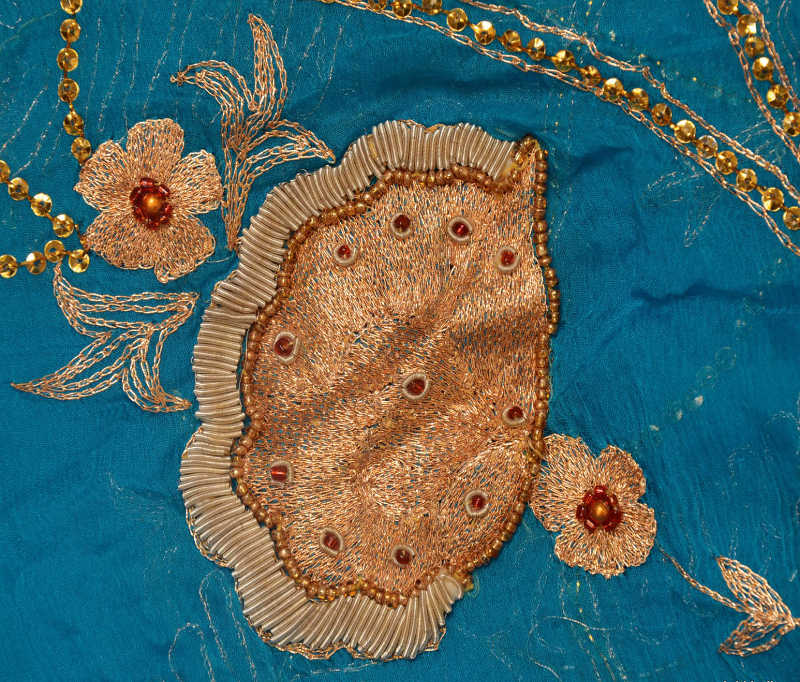===
0377,
20
===

=== |
 |
pazhmurdah : 'Withered, faded, pallid, drooping, blighted, decayed'. (Platts p.261)
bar-bād karnā : 'To give to the winds, cast or throw away, lose, waste, squander, dissipate, misapply; to lay waste, ruin, destroy, ravage, plunder, &c.'. (Platts p.144)
ḥasrat : 'Grief, regret, intense grief or sorrow; —longing, desire'. (Platts p.477)
FWP:
SETS
MOTIFS
NAMES
TERMS == AFFINITY; CONNECTIONNote for grammar fans: It's normally bar-bād karnā , as is clear not only from Platts's definition but also from SRF's paraphrase. But by saying bar-bād denā , Mir has emphasized the action of 'giving' the bud to the wind, of flinging or casting it away.
Note for translation fans: Since garebāñ isn't really 'collar', but a vertically slit neck-opening like that of a kurta, the image is not that of a head withdrawing 'into' a collar (like a turtle's head), but of a head drooping downward and forward toward the neck-opening. It's really hard to capture this sense in English, unfortunately.